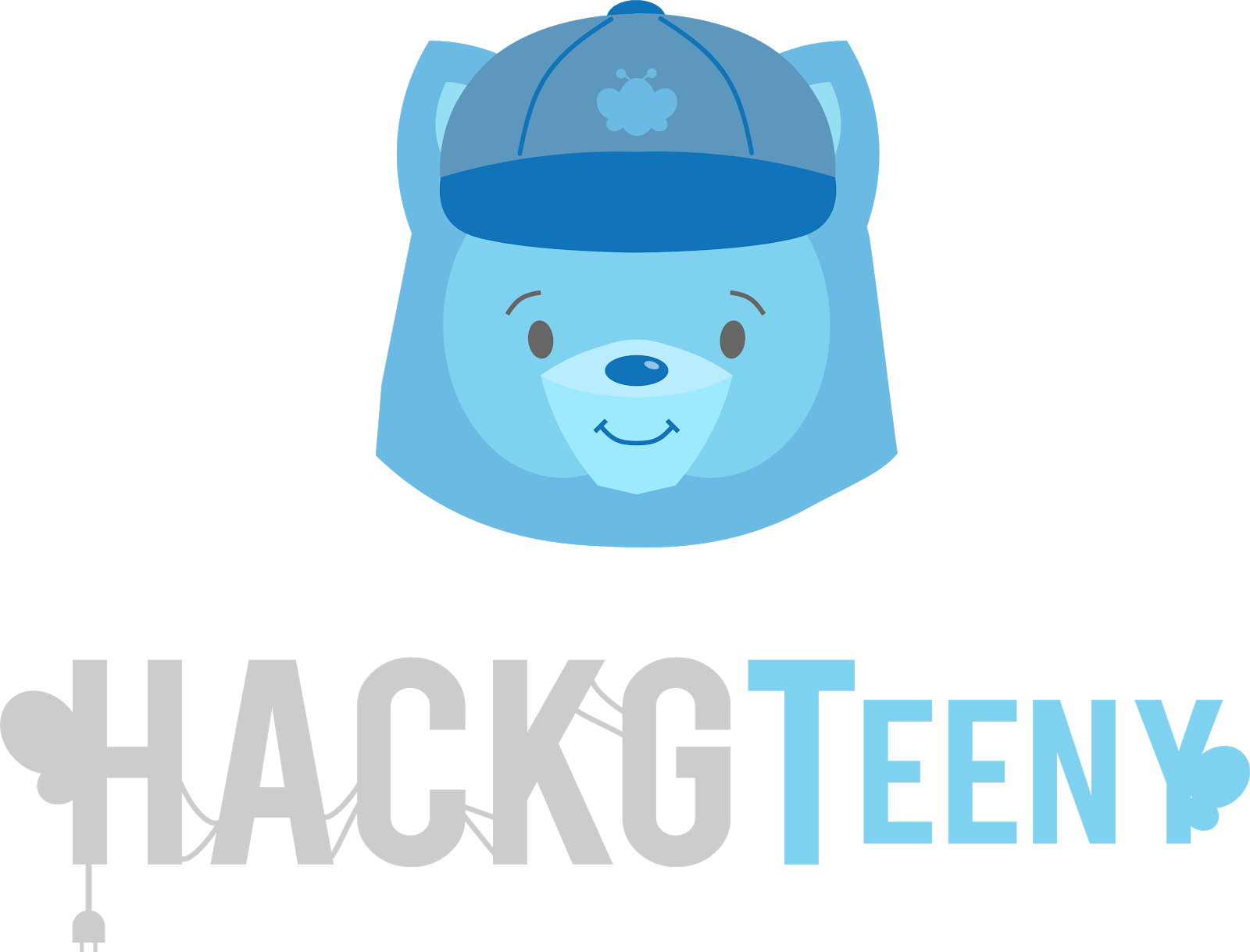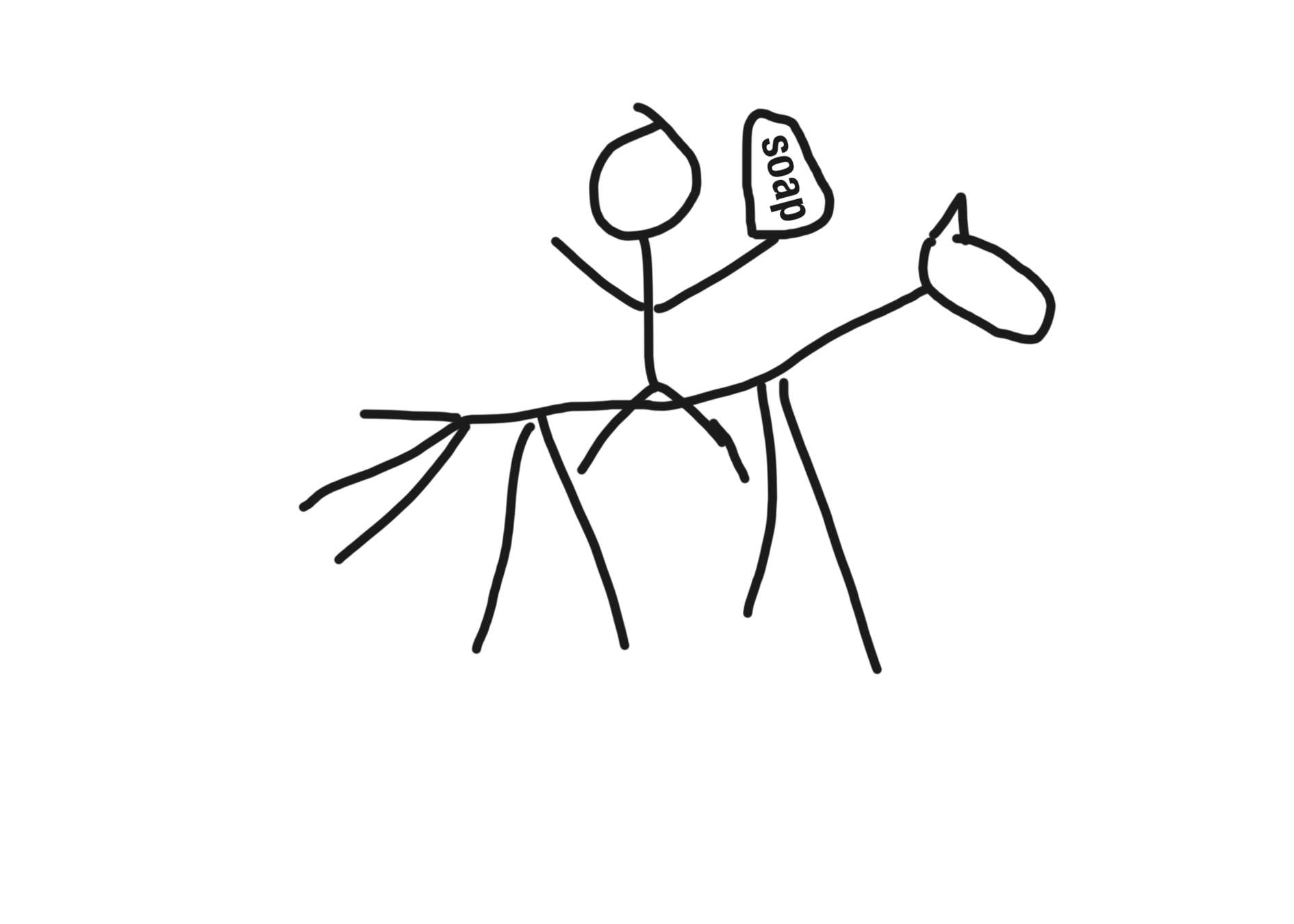
Web Dev 101
Set Up
- Make or log into your GitHub Account
- Open up the slides @ https://slides.com/mackw/hackgteeny-web-dev-101
- Open up the internet browser of your choice and go to https://thimble.mozilla.org to set up a live demo environment
HTML
CSS
JS
The Fundamentals
What is HTML?
The meat and potatoes of any website. HTML is what contains all of elements in our page. And stores them in tags that tell browsers how to interpret and read them
<!DOCTYPE html>
<html>
<head>
<title>Hello World!</title>
</head>
<body>
<p>Mom! Get the camera I'm a web developer</p>
</body>
</html>How is a HTML Doc Sturctured?
Head
- CSS Link
- Javascript
- Metadata
- Page Title

Body
- Page Content
- Body Scripts (Abs.js)
But How Does One Write A HTML?
<!DOCTYPE html>
<html>
<head>
<title>I'm Self-Explanatory</title>
</head>
<body>
<h1>I'm one style of header</h1>
<h2 id="bigText">I'm a smaller style of header</h2>
<p>I'm where you write content</p>
<p class="links">"a" tags
<a href="https://www.w3schools.com/html/html_intro.asp">link to your meme page</a>
</p>
<img src="https://i.imgur.com/Bwa0QcF.jpg" alt="I'm an image tag"/>
<div>
<ul>
<li>UL stands for unordered list</li>
<li>LI stands for list element</li>
</ul>
</div>
<div>
<ol>
<li>I'm ul but with numbers</li>
</ol>
</div>
</body>
</html>HTML Summary
So yeah, HTML is really just a bunch of tags telling a web page how to organize and arrange content. The <header>,<div>, and <body> tags are like the sections of a file system. The rest of the tags are the actual content inside of the file system.
More on HTML
But What About CSS?
Cascading Style Sheets
Is the artist tool to make a web page look good. It's where a large amount of a web developers time goes to die (unless you use a template).

With CSS

Without CSS
Index.html
<!DOCTYPE html>
<html>
<head>
<title>Mack's Amazing WebSite</title>
</head>
<body>
<div id="navbar">
<ul>
<li>
<a href="mailto:mwilson317@gatech.edu" class="nav-link">Don't Spam Plx</a>
</li>
<li>
<a href="https://www.facebook.com/groups/GTmemesforbuzzedteens/" class="nav-link">Meme Page</a>
</li>
</ul>
</div>
<br/>
<div id="about">
<h1 id="intro">Welcome to Mack's <span id="fancy">WebDev Website</span></h1>
<img src="https://media.giphy.com/media/d3JtCNegRi2zgmpG/giphy.gif"/>
<p>I call it a webdev site, but I'm just linking to tutorials</p>
<p>Like this one on <a id='address' href="https://www.w3schools.com/howto/howto_js_topnav.asp"> CSS navbars</a></p>
</div>
</body>
</html>That Wasn't Too Tough

Add Some Slight CSS
@import url('https://fonts.googleapis.com/css?family=Open+Sans');
@import url('https://fonts.googleapis.com/css?family=Slabo+27px');
body {
font-family: 'Open Sans', sans-serif;
color: #7f8c8d;
background-color: #fefefe;
margin-top: 2em;
}
h1, h2, h3 {
font-family: 'Slabo 27px', serif;
}Spice up the recipe in styles.css
<...>
<head>
<title>Mack's Amazing WebSite</title>
<link rel="stylesheet" href="style.css"/>
</head>
</...>Link your stylesheet in index.html
Voila... The Font Just Changed

Let's Make It Look Better
How to CSS
CSS works in a similar way to HTML. It looks at a certain tag or element and tells the browser "Make it look like this".
To do this on the code side you specify what tag, class, or element you want to style. Hit the curly q's {}, and begin styling away
...
#navbar > ul {
margin: 0;
padding: 0;
list-style: none;
width: 100%;
text-align: center;
}
#navbar > ul > li {
margin: 0 2em;
display: inline-block;
float: right;
border-bottom: solid #7f8c8d 2px;
position: relative;
}
.nav-link {
width: 100%;
height: 100%;
margin: 0;
text-decoration: none;
}
a {
color: #96eb36;
}Making Nav Look Nice stylesheet.css
Making It Stylistically Sound
...
img {
border-radius: 70%;
overlayColor: 'white';
}
#intro {
font-size: 4em;
}
#about {
text-align: center;
}
#fancy {
color: #9DE79C;
text-decoration: underline;
}Javascript
The closest to CS1331 you'll get with frontend
What is JavaScript?
Javascript's job when it comes to frontend web dev is to make your website reactive and engaging. This could mean adding animations, drop-down menus, buttons, etc.
...
<button onclick = "pika()"> Pika? </button>
<script>
function pika(){
alert("Pika! Pikaaa!");
}
</script>
</body> ...
button {
background-color: #96eb36;
font-family: "Open Sans", sans-serif, white;
padding: 5px 25px;
font-size: 18px;
margin: 0;
color: #444;
}Javascript can be directly embedded into HTML or it can be linked to like a stylesheet
Speaking of stylesheets let's make our button look good
More Than A Button
var fancyText = document.getElementById('fancy');
var intervalTime = 150;
var initialPause = 1000;
var callbackPause = 500;In order to edit things dynamically with our script we have to select them with the document.getElementById() function
...
<script src="script.js"></script>
</body>And to make sure it runs we need to add a reference in index.html
The Birth of script.js
Cont.
...
function deleteContent(callback) {
var intervalId = setInterval(function() {
if (fancyText.innerHTML.length == 0) {
clearInterval(intervalId);
if (callback) {
setTimeout(callback, callbackPause);
}
}
fancyText.innerHTML = fancyText.innerHTML.substring(0, fancyText.innerHTML.length - 1);
}, intervalTime);
}Wait But What's Going On Here?
...
function deleteContent(callback) {
var intervalId = setInterval(function() {
if (fancyText.innerHTML.length == 0) {
clearInterval(intervalId);
if (callback) {
setTimeout(callback, callbackPause);
}
}
fancyText.innerHTML = fancyText.innerHTML.substring(0, fancyText.innerHTML.length - 1);
}, intervalTime);
}A big part of understanding JS is understanding asynchronous functions. Asynchronous functions are ones that may run while the rest of your program is doing stuff. So in order to make sure everything goes smoothly we have to use callback functions and interval timeouts to make sure code runs as expected
Some More Code To Add
...
function addContent(contentToAdd, callback) {
var currentIndex = 0;
var intervalId = setInterval(function() {
if (currentIndex == contentToAdd.length) {
clearInterval(intervalId);
if (callback) {
setTimeout(callback, callbackPause);
}
}
fancyText.innerHTML = contentToAdd.substring(0, currentIndex);
currentIndex++;
}, intervalTime);
}One Last Thing On The End
...
setTimeout(function() {
deleteContent(function() {
addContent("HackGTeeny WorkShop", function() {
deleteContent(function() {
addContent("Pikachu fan site", function() {
deleteContent(function() {
addContent("Web Dev 101 Course");
})
});
});
});
});
}, initialPause);This is an example of the callbacks and timeout functions we use in order to make sure that our web page runs as expected
And Now We Have a Our Full Site w/ Text Animation

Questions?
Github Link for Code: https://github.com/Mack33467/WebDev101
Link to HTML Tutorials: https://www.w3schools.com/
Link to Mozilla's JS Tutorials:
https://developer.mozilla.org/en-US/docs/Web/JavaScript/Guide
Link to Angular a webdev framework:

Thank You
HackGTeeny: Web Dev 101
By Mack W.
HackGTeeny: Web Dev 101
A short intro to Web Dev for the the HackGTeeny series of workshops in collaboration with the CM Ambassadors
- 1,468

